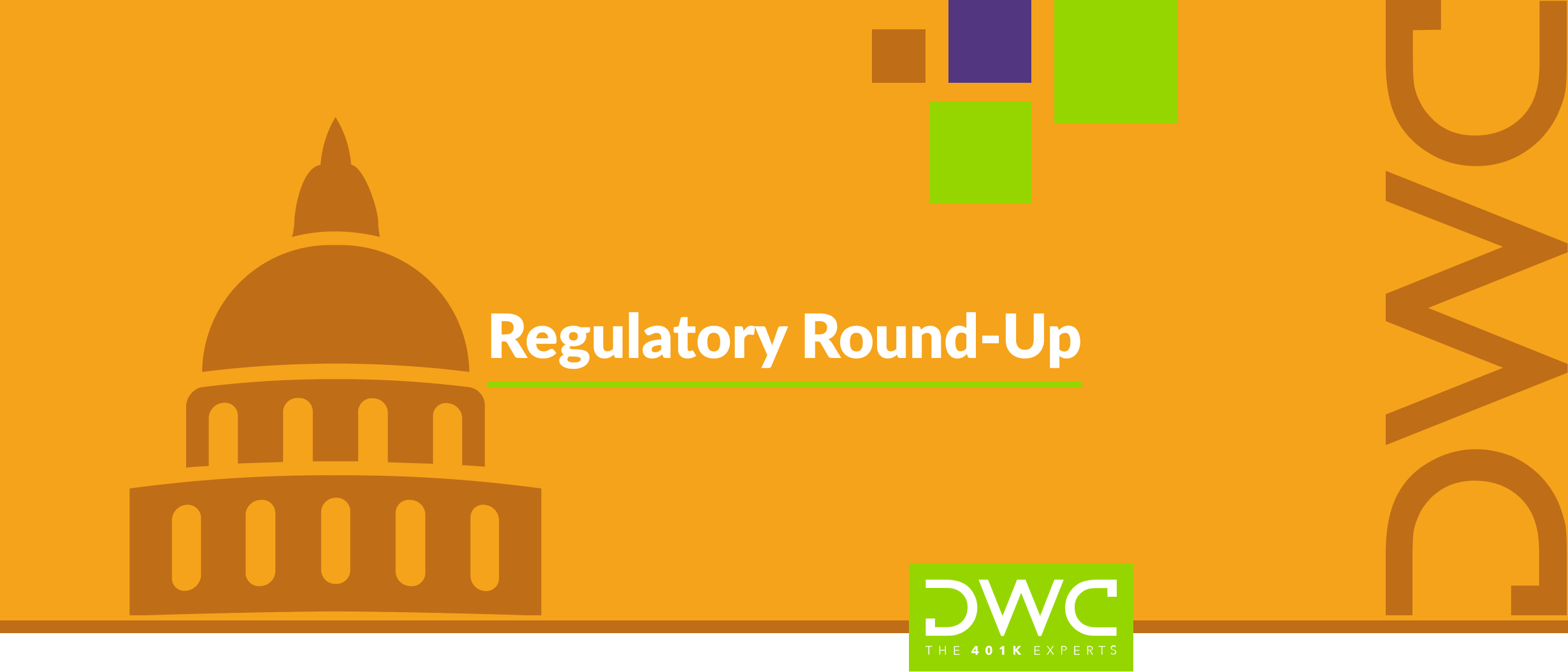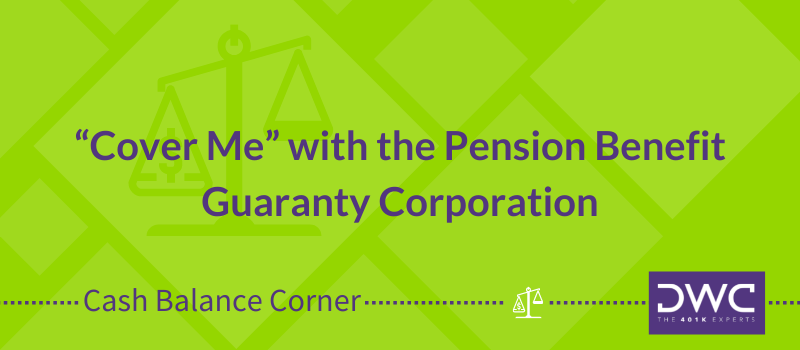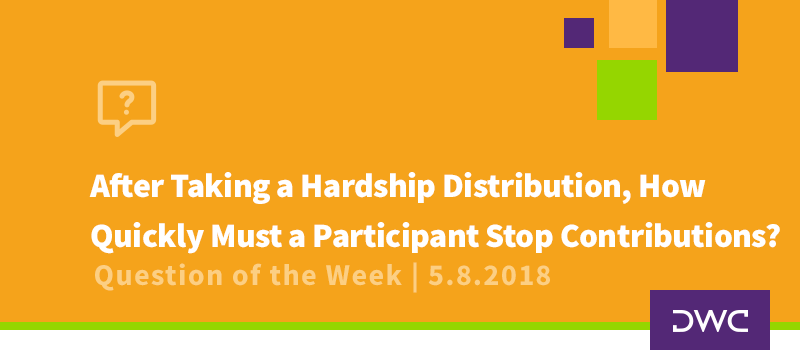
Are We Required to Force Former Employees to Take Their Money Out of Our Plan?
Facts
We just received our year end testing and it mentioned that we have several terminated participants with small balances that we are required to distribute from the plan. I remember seeing something in one of our documents that mentioned distributions for account balances below $5,000, but I’m not entirely sure what that means or how I’m supposed to accomplish it.
Question
Are we actually required to distribute these participant accounts or is it optional? If it is required, how exactly do I determine who is supposed to receive these distributions and what is the benefit of doing this every year?
Answer
Plan sponsors can decide if and how they wish to apply the mandatory cash-out rules. Once those decisions are made, they are reflected in the plan document. Just like all other plan provisions, these particular provisions must be followed until the plan is formally amended to change them.
There are a number of reasons you might want to include a cash-out provision in your plan. Many service-provider fees are based on the number of plan participants, including former participants with balances, so cashing out former employees can be an easy way to control some plan-related costs. Second is that you are required to file Form 8955-SSA if former employees maintain their balances in the plan beyond the end of the year in which they terminate employment. Paying out terminated participants can also help postpone the Form 5500 annual audit requirement that kicks in for plans with more than 100-120 participants.
Once you have decided to add a cash-out provision, there are several choices to make. You can set the maximum threshold at any level up to $5,000. Obviously, the higher the limit, the more participants you are able to force out of the plan. Another advantage of going with the maximum is that it also allows you to ignore any part of a participant’s balance that is attributable to rollover when determining whether they are over or under the limit. The flip-side, however, is that if you are cashing-out a vested balance that exceeds $1,000, the default is to send it to an automatic IRA that you establish on the participant’s behalf. Many recordkeepers can assist with this, so it isn’t as daunting a challenge as it might seem. Last, but not least, you can choose the frequency, which can range from as soon as possible following each participant’s termination of employment to once per year or anything in between based on what works best for your internal procedures.
We have an FAQ on our Knowledge Center that describes those options in more detail. Once you make those elections, they are written into your plan document, and you are required to follow them. You read that correctly – it is not an option!
Who can stay and who must go?
That’s a great question with a fairly straight forward answer. You mentioned $5,000 in your fact pattern, so we will assume that is the cash-out limit written into your plan document. Based on that, pretty much anyone with a vested balance below that threshold must be cashed-out. We say “pretty much” because you might also be able to force-out those with larger vested balances as long as any portion that exceeds the $5,000 limit is attributable to amounts that person rolled into your plan from a previous plan or IRA.
Once you’ve determined the “who”, the next step is to notify the affected participants that they are subject to cash-out if they do not make an election on how they want to handle their balance within 30 days. If they return a distribution form, electing a cash payment or a rollover, then you would process it the same way you would handle any other distribution request.
If the participant does not respond within the applicable time frame, his or her vested account balance will determine how you proceed. If it is less than $1,000, you would issue a check from the plan to the participant, less the required 20% mandatory federal tax withholding. If the vested balance exceeds $1,000, you must go the automatic IRA route, as described above. Some plans default to automatic IRAs for all cash-outs (no matter how small the balance) to avoid potentially having to deal with uncashed checks.
There you have it. Once you have identified the parameters in your plan document, mandatory distributions are relatively straight-forward. Of course, all the moving parts can get confusing, so do not hesitate to give us a call if you are unsure how to proceed.
For additional information about plan distributions in general, please visit our Knowledge Center here.
Want a printable version of this article? Click here.


















